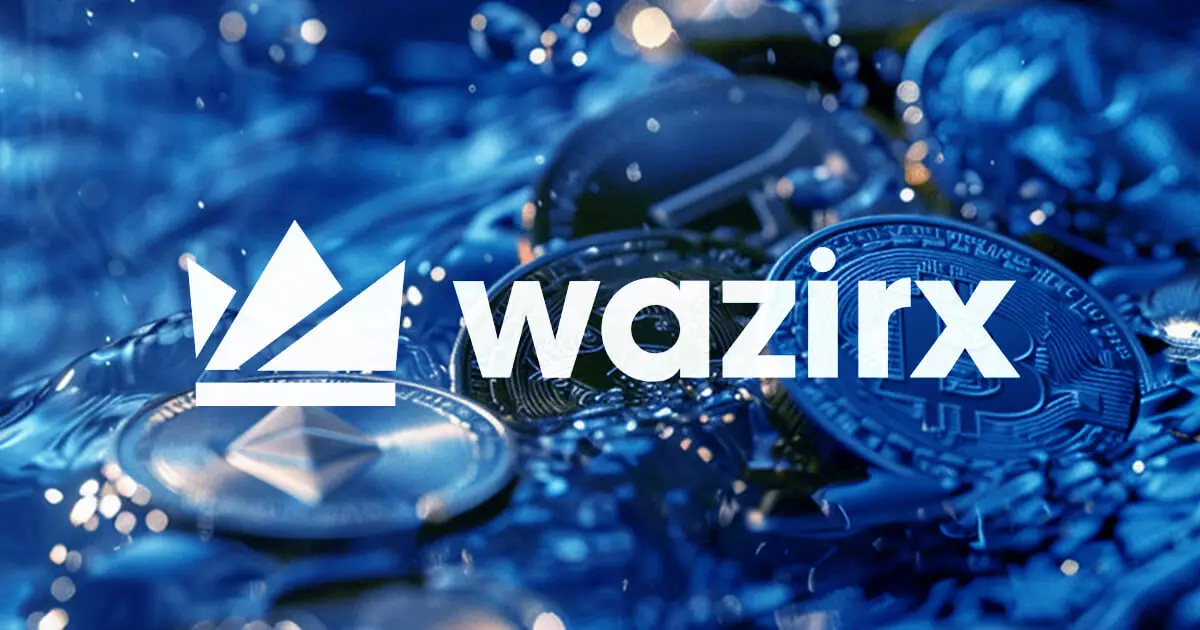In recent developments surrounding WazirX, creditors find themselves at a critical crossroads, faced with the choice of either embarking on a compensation plan with potential recovery by April 2025 or risking a drawn-out liquidation process extending to 2030. The implications of their vote are profound, particularly in light of a recent ruling by the Singapore High Court which permits the troubled Indian cryptocurrency exchange to pursue a restructuring plan, potentially steering it away from liquidation. As WazirX navigates this tumultuous journey, it is essential to dissect the intricacies of the proposed recovery scheme and the broader context in which it operates.
The centerpiece of WazirX’s recovery strategy involves a phased compensation initiative that hinges on achieving a supermajority vote—specifically, three-quarters of its creditors must endorse the plan. Should this threshold be attained, the exchange proposes to introduce a decentralized exchange (DEX), offer recovery tokens, and initiate periodic buybacks for affected users. Notably, WazirX’s affirmations suggest that creditors could reclaim up to 80% of their lost balances through this innovative model. However, skepticism lingers amongst the user base, leading to significant chatter on both online forums and within personal discussions.
Critics argue that the proposed five-year timeline is not simply a means for creditors to recuperate their funds, but rather a strategic measure to entice acceptance of WazirX’s new platform amidst an ocean of distrust. This five-year delay raises questions about situations that may arise and the exchange’s capacity to execute its plans effectively. In an environment rife with uncertainty, overlooking the concerns of creditors could lead to disillusionment and further isolating the exchange from potential recovery.
One of the foremost challenges WazirX faces is rebuilding trust with its user base—particularly in light of past communication failures and the substantial loss incurred during the hack attributed to North Korea’s Lazarus Group. The breach, characterized by a theft of over $230 million, has substantially tarnished WazirX’s reputation and left many creditors dispirited and skeptical about the company’s future. The complexities involved with recovering stolen funds, coupled with regulatory scrutiny from Indian authorities, have further complicated matters for the beleaguered exchange.
Additionally, the role of WazirX co-founder Nischal Shetty has come under fire; critics allege that his continued influence poses an obstacle to a transparent recovery process. Given the stakes involved, a leadership that distorts accountability can exacerbate tensions among creditors reeling from the aftermath of the hack. Therefore, any steps WazirX can take to foster transparency will be paramount to any likelihood of success moving forward.
Adding to the tumult, the Indian government’s recent imposition of a hefty 70% penalty on undisclosed cryptocurrency gains complicates the dynamics of WazirX’s recovery plan. If creditors choose to accept recovery tokens as a form of compensation, they may face significant tax implications that could swallow a substantial portion of their recovered assets. Such regulatory shifts pose a chilling reminder of the intricate interplay between cryptocurrency exchanges and governmental oversight—a reality that is ever-present in the evolving landscape of digital currencies.
The approach the Indian government has taken towards cryptocurrency regulation adds another layer of daunting complexity that creditors must navigate. Regulatory adherence will factor heavily into WazirX’s path back to viability, making the need for strategic regulatory alignment increasingly urgent.
As WazirX stands at such a pivotal juncture, the decisions made within the coming weeks will significantly influence its trajectory. The necessity for validation from its creditors is essential—not only for WazirX’s potential recovery but also for its standing in the larger cryptocurrency marketplace. If creditors lean towards the proposed restructuring plan, they will face a long and uncertain journey ahead, one that demands both patience and vigilance as the exchange seeks to revitalize itself. Conversely, a refusal could shove the exchange further into the abyss of insolvency, diminishing potential recoveries for all involved. In either scenario, WazirX’s resilience will be tested, making this vote one of the most consequential in the exchange’s history.

